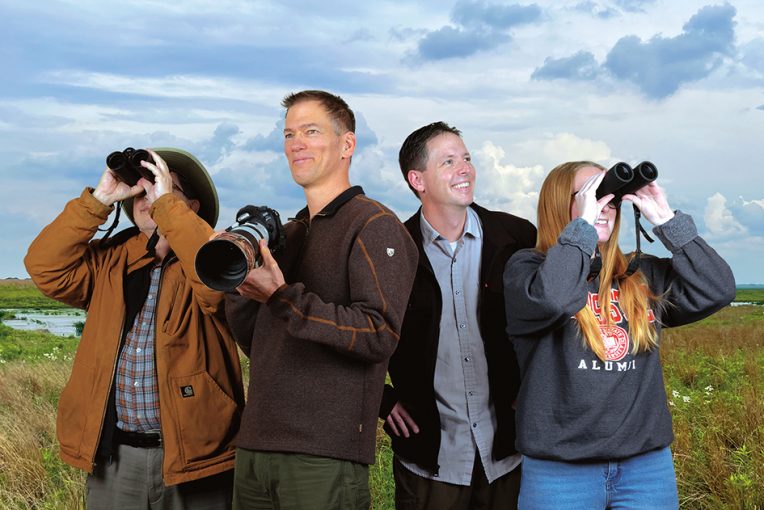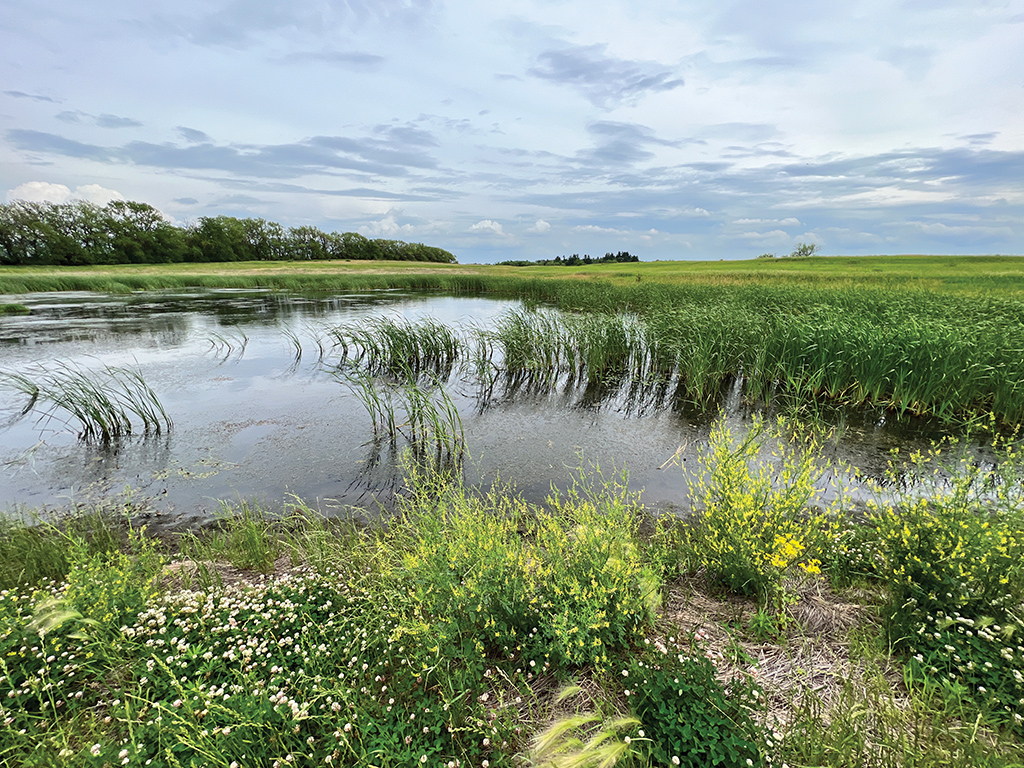Combine these two words, floods and puddles, and you get: fluddles. To some ears, it’s a quaint-sounding word, rhymes with cuddles, could even be something a child might say. But in nature, fluddles are quite significant and are the key component of a local wetlands preservation project.
Illinois State University Geography Professor Dr. RJ Rowley offered a natural explanation of fluddles and how these temporary wetland areas came to exist here on the prairie.
“They’re not an accident,” Rowley said. “This part of Illinois was all under glaciers that would, in some places, carve a little deeper, and those depressions are still here. Crops won’t always grow on them. Birds recognize them as places to stop and play and eat and rest.
“There’s a ton of them out there, but a lot of farm drain tile helps prevent them. Farmers have gotten good at keeping those low areas from flooding.”
Associate Professor Emeritus Dr. Angelo Capparella, who recently retired after 31 years as a biology professor at Illinois State, said such stopover points are crucial for the spring and fall shorebird migration.
“We have 30 species of shorebirds around here, including sandpipers and plovers,” he said. “Most will breed up north on the tundra and make a spring migration and then go south in the fall to the tropics to their wintering ground. They need to maintain their metabolism and fat stores and stay full of food to make their long journeys.”
Capparella said temporary wetlands like fluddles don’t develop without precipitation. There needs to be enough rain on those shallow spots to retain water. Birds will feed on soil organisms that are easier for them to find in water-filled fields.
Bill Davison is a biologist and avid outdoorsman who enjoys birdwatching, among many other pursuits that keep him close to nature. He is a volunteer and board member at the John Wesley Powell Audubon Society, the Central Illinois Audubon chapter in Bloomington. His day job at a nonprofit involves agri-forestry and wetlands issues and includes interaction with farmers, but he’s had a fascination for birds since childhood.
“I have always studied birds and been interested in them since I was a kid,” Davison said. “They’re bright, easy to see, and user friendly.”
Originally, the local Audubon chapter was called the Cardinal Bird Club and was founded by Illinois State faculty. Its mission “is to engage and promote activities that foster an understanding and appreciation of our natural world and that encourage others to join in this cause.”
Davison does his part by organizing bird walks in the spring and fall at Ewing Park, out into rural areas, and at ParkLands Foundation’s preserves. He was aware that McLean County had once been a vast wetland. He also knew that despite miles of drainage tiles installed by farmers, birds still manage to find these wet spots on the land as they fly over.
“The goal is to work with farmers, educate them about programs that will pay them to leave fluddles in place. The barriers are cultural and psychological since wet spots don’t yield crops, and farmers want to farm every square foot.”
—Bill davison
“They show up—shorebirds, water birds, waterfowl—on their way to Alaska, heading up to Canada, and up to the Arctic, depending on the species,” he said. “Many are flying thousands of miles, and we happen to be in the middle of their journey. They are on a tight energetic budget, and we are a refueling spot on their migration.”
Davison said migratory birds eat insects and plants, but the region has a low diversity of food currently that is also not very high quality. He said fluddles have become especially important since there’s been a sharp decline for many bird species—some reduced by almost half—over the past 20 years.
“These birds need to rest and try to gain some weight while they’re here,” Davison said. “They also use the time here to play. It’s kind of amazing because they have to be really tired, but you see them splashing on the water. It’s fun to watch.”
Rowley is not a bird expert and didn’t know a lot about fluddles, but he is a map expert. He teaches a computer mapping class, Introduction to Geographic Information Systems. His connection to fluddles came about through Davison and his wife, Mercy, the town planner for the Town of Normal who is also active in the local Audubon group. The Davisons, along with Capparella, sought out Rowley.
An ornithologist, birds are Capparella’s expertise, he and Rowley have known one another for years. Through pursuit of their birdwatching hobby, the Audubon group had discovered an overwhelming number of fluddles in the area—in the thousands—and Capparella thought Rowley could help the group pare that number down and map what was out there so that the project they had in mind would be more manageable.
“First and foremost, we needed to identify what areas are actually fluddles during wet times,” Capparella said. “We needed to scout them out and see how predictive they could be as reference wetlands. RJ did that.”
The more manageable the number of fluddles, the group could then go out and physically see them to determine if birds were stopping there. Once more was known about area fluddles, plans could be made to reach out to landowners.
“The goal is to work with farmers, educate them about programs that will pay them to leave fluddles in place,” Davison said. “The barriers are cultural and psychological since wet spots don’t yield crops, and farmers want to farm every square foot. But there are programs that would compensate for lost yield due to not planting on those low areas of their farms that are a challenge to cultivate but are so important for migratory birds.”
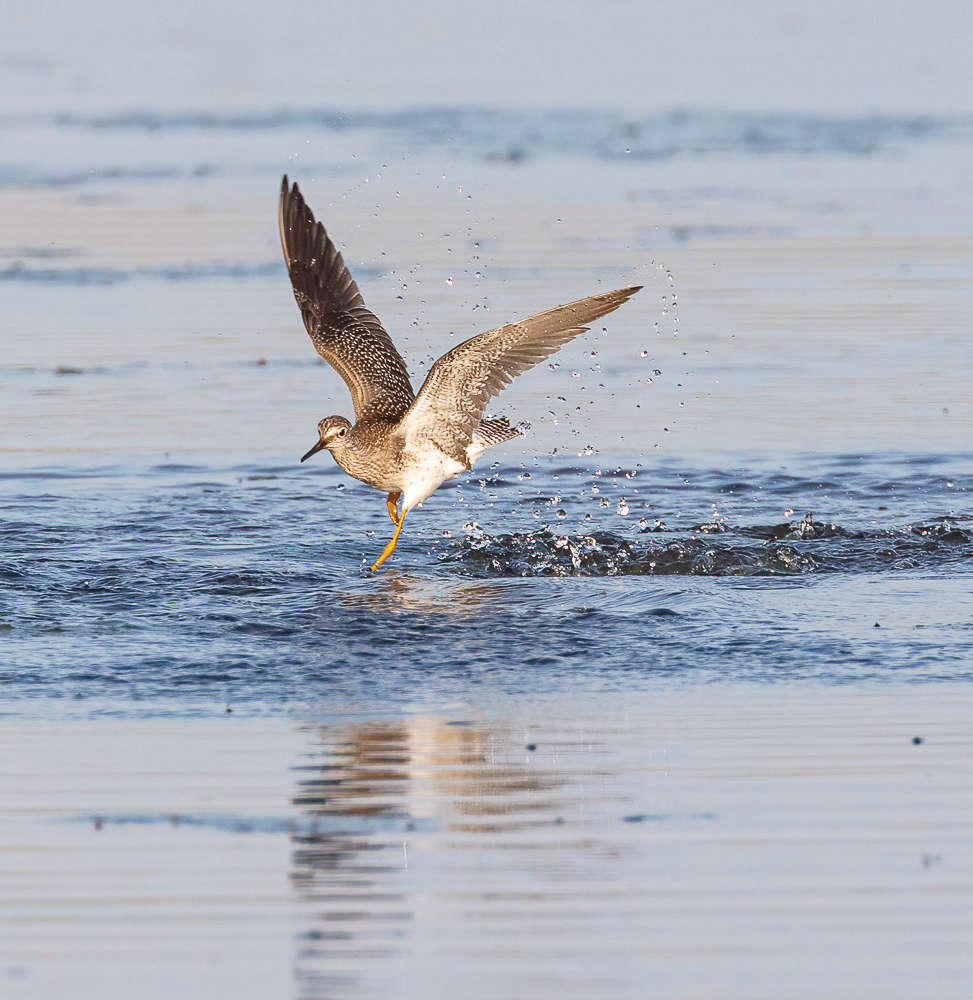
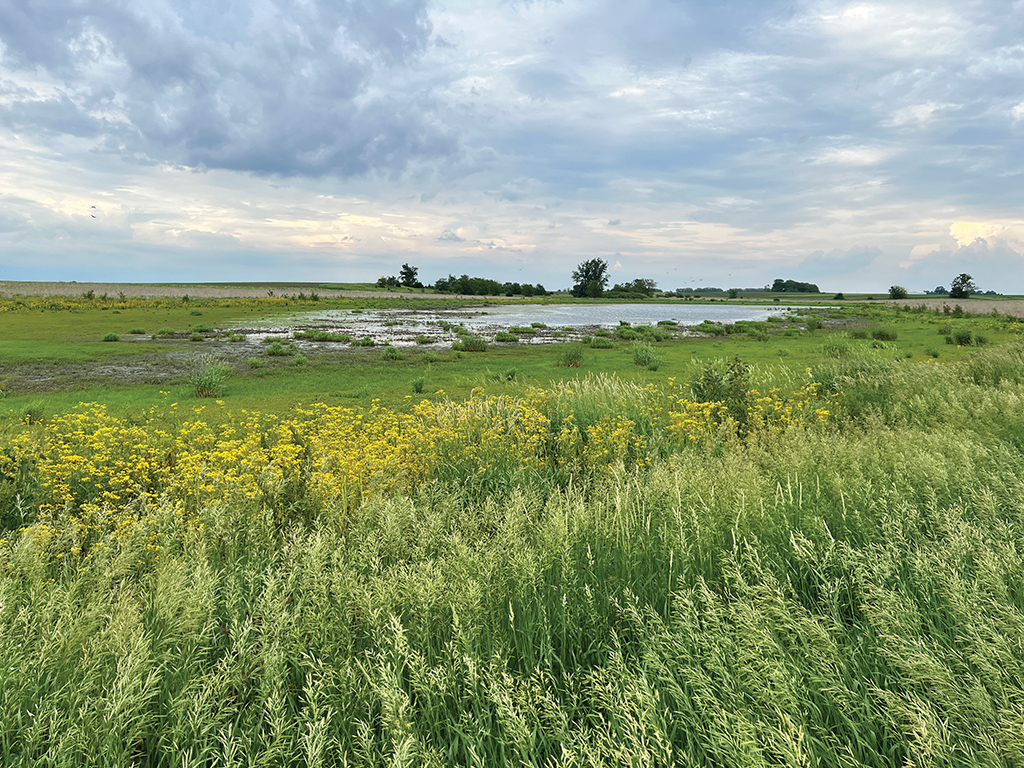
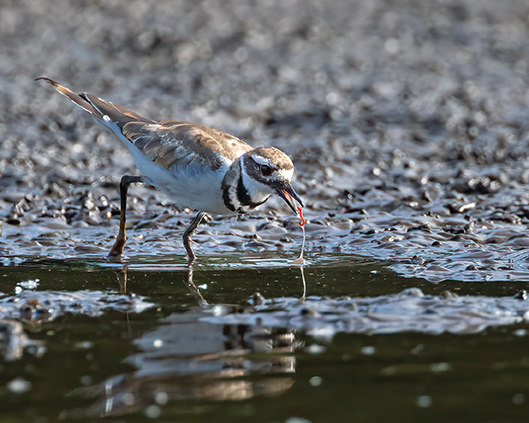
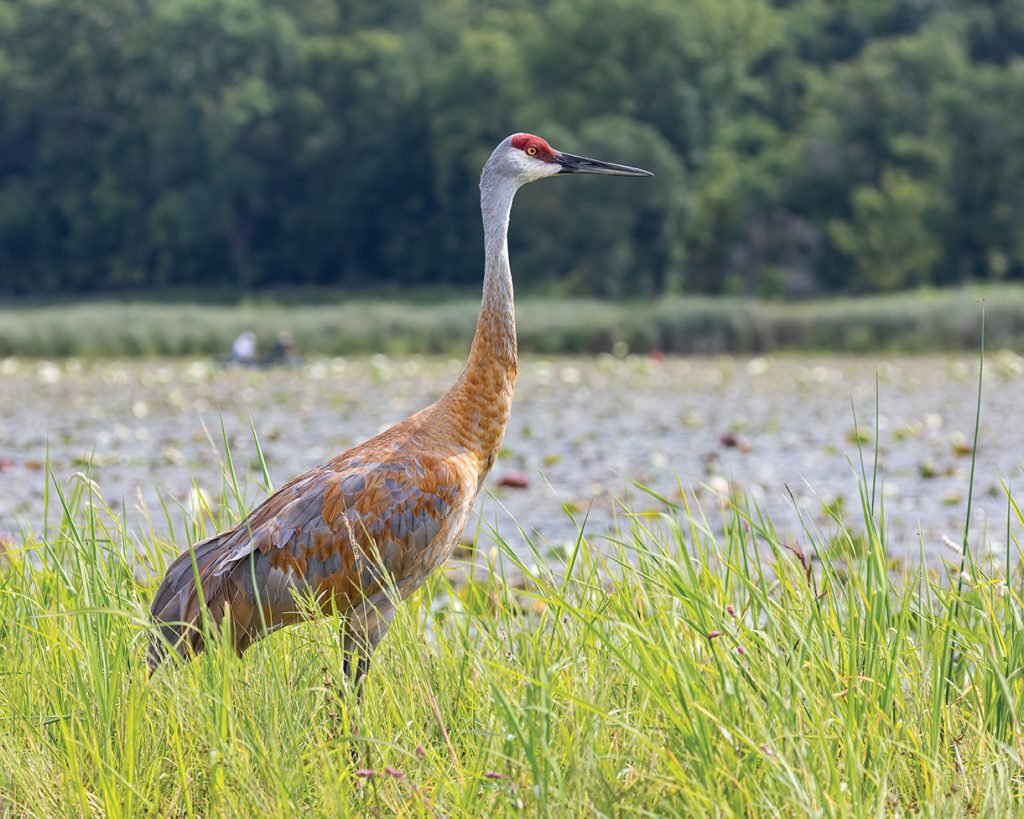
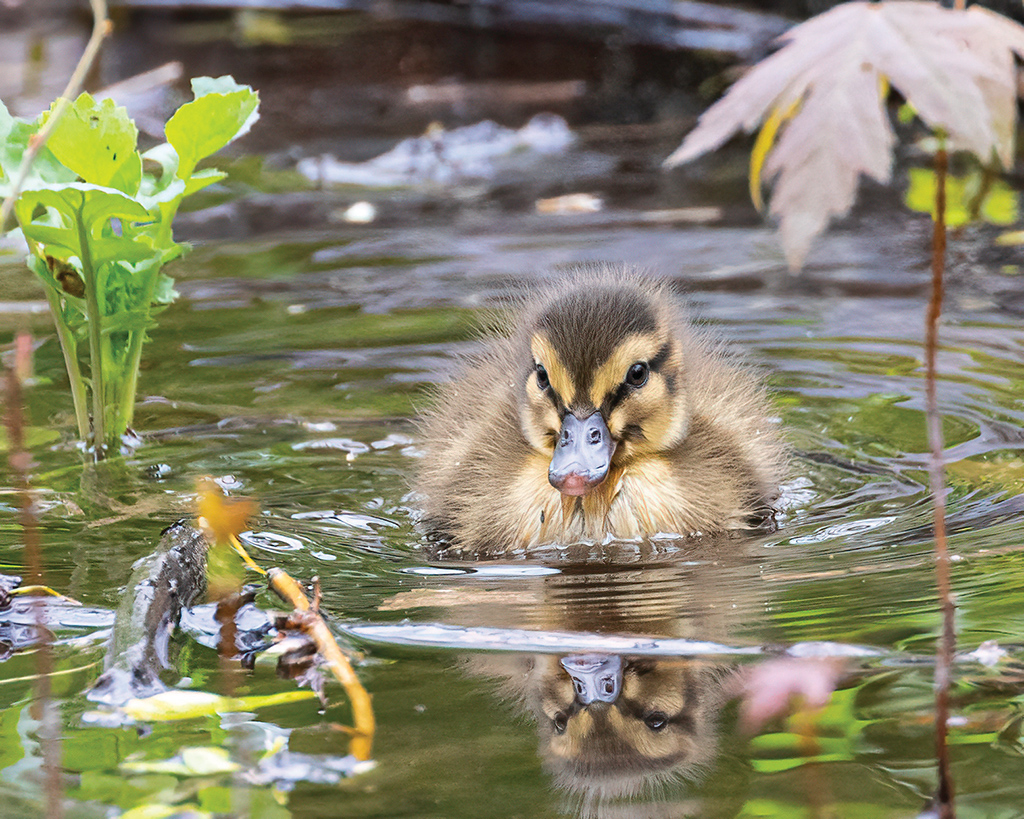
Davison said the U.S. Department of Agriculture, Ducks Unlimited, Pheasants Forever, and the U.S. Fish and Wildlife Service all offer programs to help farmers restore wetlands and prairie. A farmer dedicating land to both wetlands and prairie could be eligible for more than one program to recoup lost revenue, some of which offer annual payments lasting from 10-15 years up to 30 years.
For his part, Rowley went to work on the digital mapping work with one of his students Brittany Menzel ’22. A good student, Menzel grew up on a river in Northern Illinois, so she was interested in birds and waterfowl. They limited their search to McLean County and compiled a “ton of data,” Rowley said.
They started in early fall of 2021, did data processing through the fall and through the end of April, and handed over their data and maps to the Audubon volunteers about the time migrations would be kicking in, so they could do ground verification.
Rowley used LiDAR (light detection and ranging) technology to gather data that depicts elevation and identifies land depressions. Similar to radar detection, but rather than using radio waves, LiDAR uses a laser. Simply put, it can measure the shape of the Earth and the characteristics of its surface.
“Brittany and I were the map nerds,” Rowley said. “We brought the mapping technology to the project. We developed an algorithm to identify depressions across the county that are lower than the surrounding areas.”
They sorted what they found removing fluddles located too close to streams and keeping those in upland areas that are not inside stream-like drainage areas. They removed the ones in urbanized areas and kept the ones on soil that holds water (this type of soil is called hydric soil), and they removed any located in forests—which was only a small number in a place like McLean County. They also tossed out artificial depressions like those created near interstates where dirt has been moved around.
“We then sorted by size and kept only the largest ones,” Rowley said. “That left us with 852 fluddles after all those processes, and that was too many for our manpower. We then narrowed those by satellite and aerial data to find perennial fluddles where for multiple years they are likely to flood. After going through all 852 to identify those subject to perennial flooding, that left 131 sites that we called our final candidate sites.”
“We’re trying to build a bigger constituency. This is the modern conservation movement.”
—Bill davison
With their final list complete, the project was left to the whims of Mother Nature. Unfortunately, since migration season was too dry, local fluddles didn’t flood and thus didn’t have a chance to form.
“We weren’t able to ground truth any of it by going out and seeing the fluddles, but we need a lot of rain for that to happen, and we’re in a semi-drought currently,” Capparella said. “We’re on hold until we get a wet spring or fall.”
Capparella said fluddles serve birds and humans since they have the potential to attract more bird watchers to the area. He said there’s a GroupMe app in use in McLean County that alerts birders when there’s been a sighting of an unusual bird.
“People come from far away to see a rare bird when there’s been a significant sighting,” he said. “The birding is done roadside since fluddles are on private land, but people do come to town. It’s a form of ecotourism.”
Rowley said he’s enjoyed participating in the project, especially since he was able to introduce one of his students to a new, real-world experience.
“I love getting out in the field and doing this kind of stuff, and it’s fun any time I can get a student involved,” Rowley said. “It’s also fun when we can put our classroom work and technology toward conservation efforts.”
When the group’s outreach to farmers does begin in earnest, Davison hopes to have more support lined up, even some of it coming from the arts community.
“We’ve been working with Bob Dolgan, a filmmaker from Chicago,” Davison said. “He’s already been filming and interviewing landowners. He’s been focused on Ford and Livingston counties, where there are some beautiful wetlands. But we hope that will have an effect on our county.”
In the meantime, the project is well underway, and Davison knows that for the long-term good of birds, new revenue sources always need to be found. To that end, he’s trying to bring like-minded groups together.
“Hunters and birders have a lot in common,” he said. “Historically hunters and fishermen have bought the licenses that helped fund programs for birds, but their numbers are in decline. Birders can help with that.
“We’re trying to build a bigger constituency. This is the modern conservation movement.”

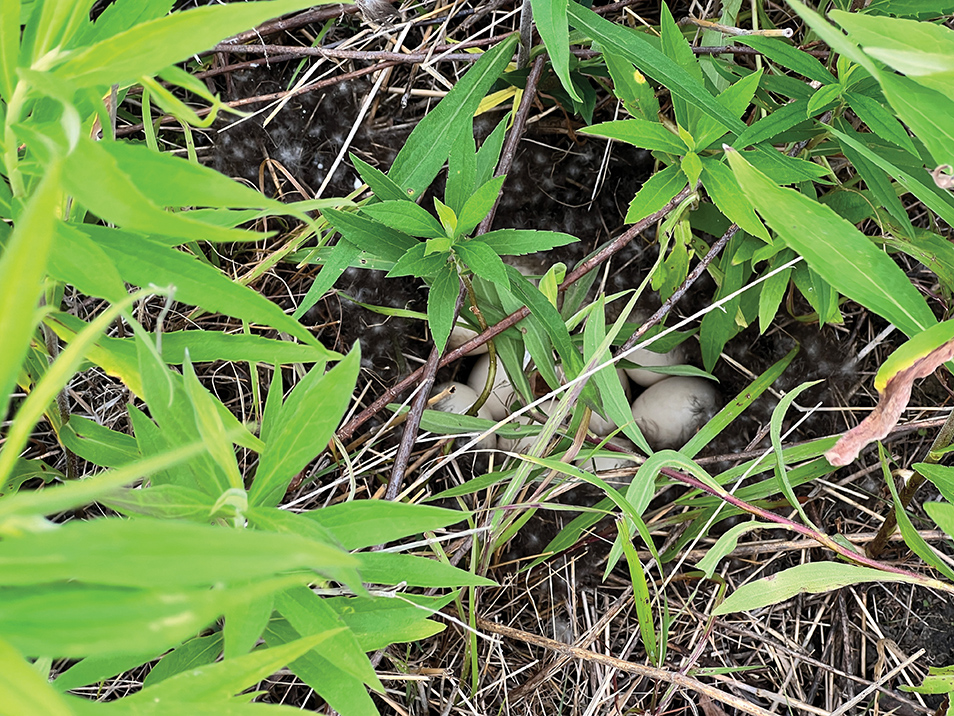
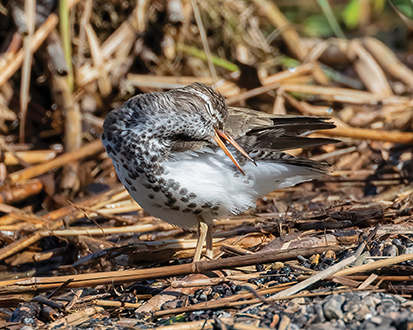
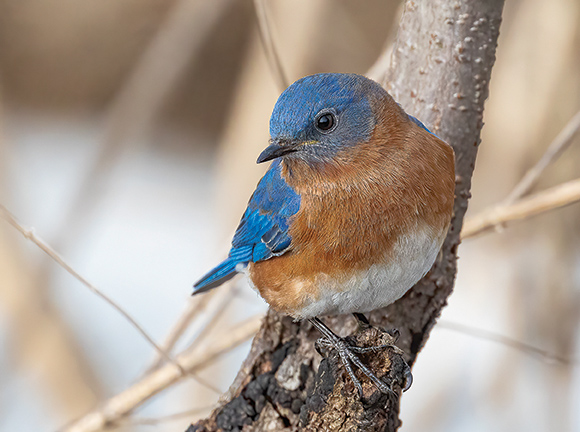
Best local sites for birdwatching
Birky Pond, Normal
Evergreen Lake, near Hudson
Ewing Park, Bloomington
Hidden Creed Nature Preserve, Normal
Schroeder Nature Preserve, near Heyworth
White Oak Park, Bloomington
